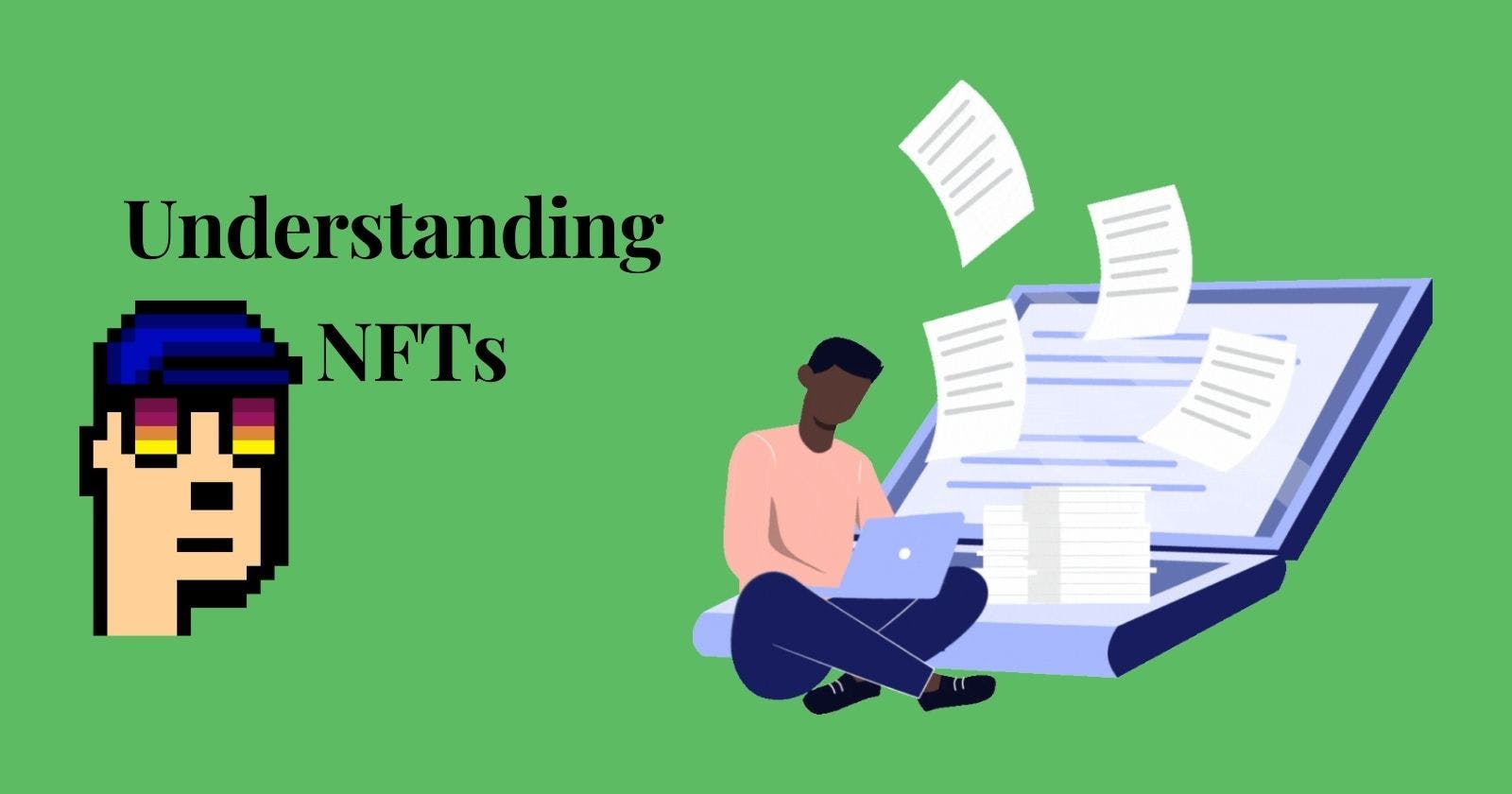A Beginner's Comprehensive Guide to Understanding NFTs: Everything You Need to Know
Thanks to NFTs, you now have the opportunity to receive a unique digital token that verifies your ownership of a piece of digital art purchased online at a price.
What Does the Term “NFT” Mean?
The term "NFT," also known as Non-Fungible Token, refers to a special type of digital asset that signifies ownership of a particular kind of digital content, such as a work of art, sports, video, or other types of digital media. NFTs tokens have been tokenized using a blockchain, and they possess distinct identification codes and metadata that distinguish them from other tokens.
The Origin and Development of NFTs Over Time
The invention of the Bitcoin blockchain in 2009 is particularly relevant to the history of NFTs, which can be traced back to the early days of cryptocurrencies. But, the concept of NFTs didn't begin to develop into form until 2017 when the Ethereum blockchain's ERC-721 standard was launched, enabling the production of distinct and indivisible tokens.
By implementing this standard, the Ethereum blockchain facilitates the generation and exchange of distinct digital assets. The procedures for verifying transactions, transferring ownership, and managing secure transfers are established by the ERC-721 standard.
In 2014, Kevin McCoy and Anil Dash created "Quantum," which is widely acknowledged as the first example of NFT art. The digital artwork "Quantum" was uniquely represented by an NFT token on the Namecoin blockchain. The artwork itself features a rotating cube with changing colors, and its authenticity certificate was also securely stored on the blockchain.
What Distinguishes NFTs From Cryptocurrency?
NFTs and cryptocurrencies share the common feature of being digital assets on a blockchain. However, their unique functions and characteristics set them apart from one another.
Function
Regarding their usage, NFTs represent unique digital assets such as art, music, or other collectibles, while cryptocurrencies typically function as a means of exchange or store of value.
Fungibility
Cryptocurrencies possess fungibility, allowing one token to be exchanged for another, similar to traditional money. Conversely, NFTs lack fungibility, as each NFT is unique and irreplaceable and can be purchased using cryptocurrency.
Worth
The worth of cryptocurrencies stems from their practicality as a medium of exchange or a secure store of value. On the other hand, the perceived worth of the underlying asset that an NFT represents is what essentially determines its value.
Possession
The ownership of cryptocurrencies is determined by the possession of the private key to the corresponding digital wallet, while the ownership of an NFT is indicated by the blockchain record, which is stored in a digital wallet.
How NFTs Function: A Breakdown
Smart contracts on the digital ledger known as a blockchain are used to create NFTs, which define rules and conditions such as ownership, transferability, and authenticity. NFTs are generated by minting, a process that involves documenting the NFT's details on a blockchain. The minting process involves the creation of a new block, validation of NFT information by a validator, and closure of the block
Each NFT is assigned a unique identifier upon creation, which is recorded on the blockchain. This identifier serves as proof of ownership, enabling the owner to demonstrate that they possess the authentic and singular item that the NFT represents.
The Advantages of NFTs
NFTs are unique and rare; as one-of-a-kind digital assets, they possess a distinctiveness that attracts collectors. Their value can be appreciated due to their rarity and uniqueness, causing them to become more desirable and sought after.
NFTs offer expanded avenues for monetization; Creators now have the option to sell, trade, and exchange their NFTs on diverse platforms, opening up a fresh stream of revenue for their work. Furthermore, creators can receive royalties with each subsequent sale or trade of their NFTs, creating a continuous source of income.
One of the main advantages of NFTs is their ability to provide verifiable proof of ownership. Whenever an NFT is generated, it is recorded on a decentralized blockchain. This implies that the ownership of the NFT can be traced and authenticated with ease, resulting in a transparent and indisputable account of the digital asset's proprietorship.
Overall, the potential applications of NFTs are still being explored since they are a comparatively new technology. As more creators and collectors join the NFT market, new use cases and applications can surface. This has the potential to spur innovation not only in the digital arts but also in various other industries.
Renowned Marketplace for NFTs
OpenSea: This is a highly acclaimed NFT marketplace that offers an extensive variety of NFTs. It has gained immense popularity and is considered one of the largest marketplaces of its kind.
KnownOrigin: This NFT marketplace specializes in digital art and has a robust community of both artists and collectors. The platform prioritizes the promotion and support of emerging artists.
Rarible: This marketplace promotes democratic values, providing an avenue for artists and creators to create and sell NFTs. Holders are empowered to participate in decision-making processes that impact fees and community regulations.
Conclusion
NFTs have rapidly gained popularity among creators and collectors as a way to monetize digital content and own unique digital assets. Despite being a new technology, NFTs have shown a lot of potential and are likely to become an increasingly important part of the digital economy as technology continues to evolve. It is clear that NFTs are here to stay, and their impact on the digital world will only continue to grow in the coming years.
Thank you for reading this article. If you enjoyed it, please stick around for more.
